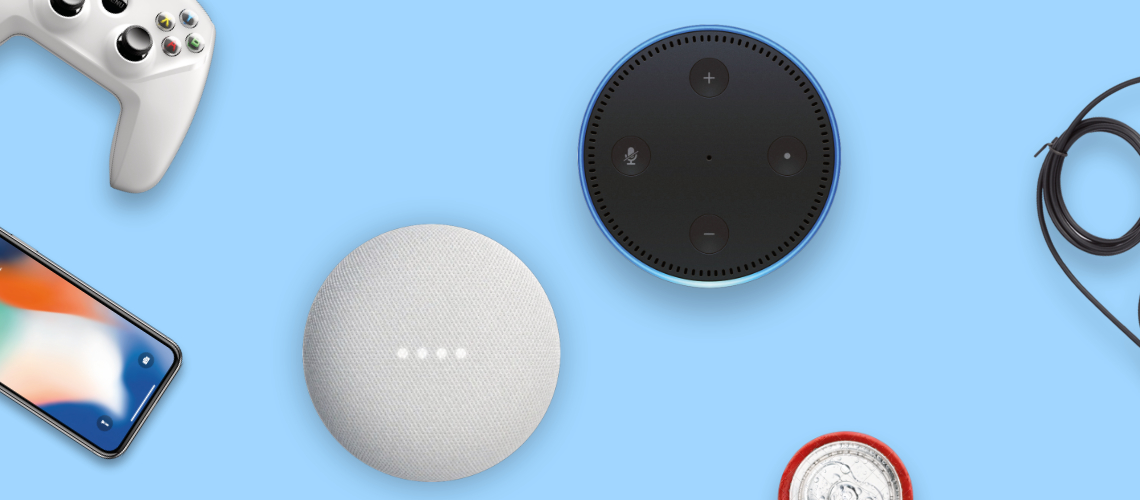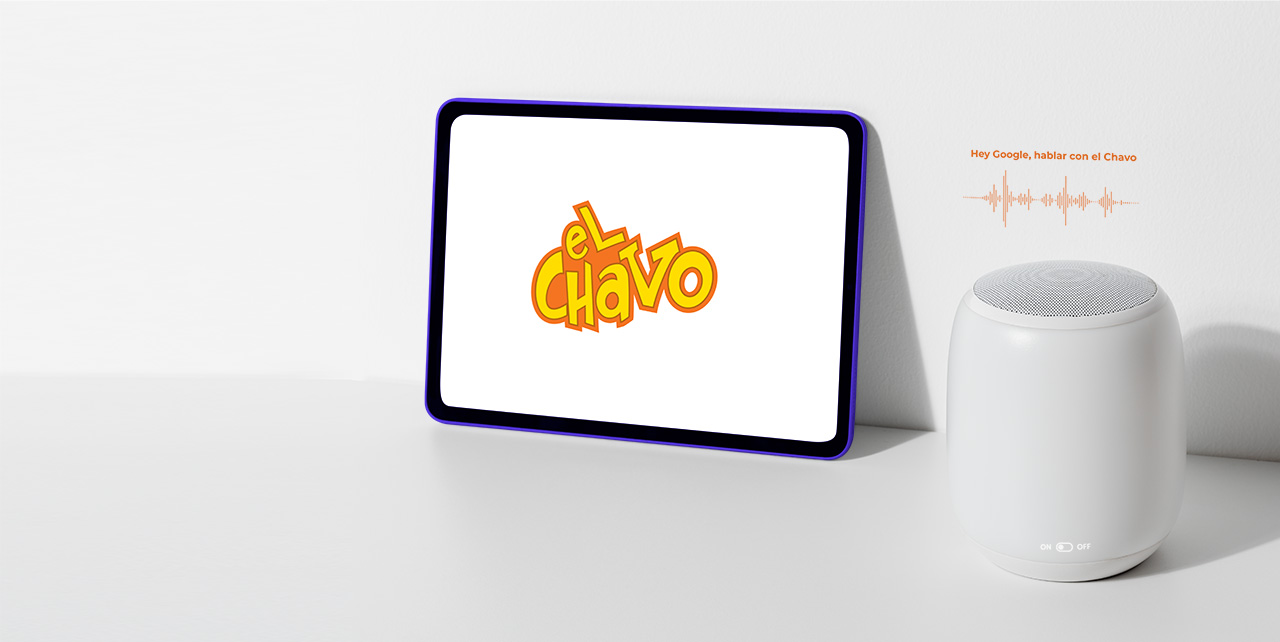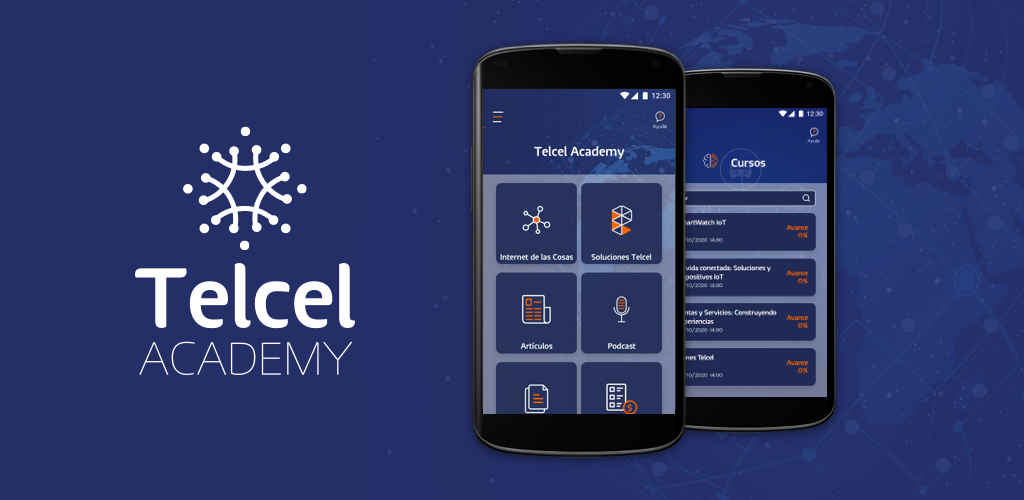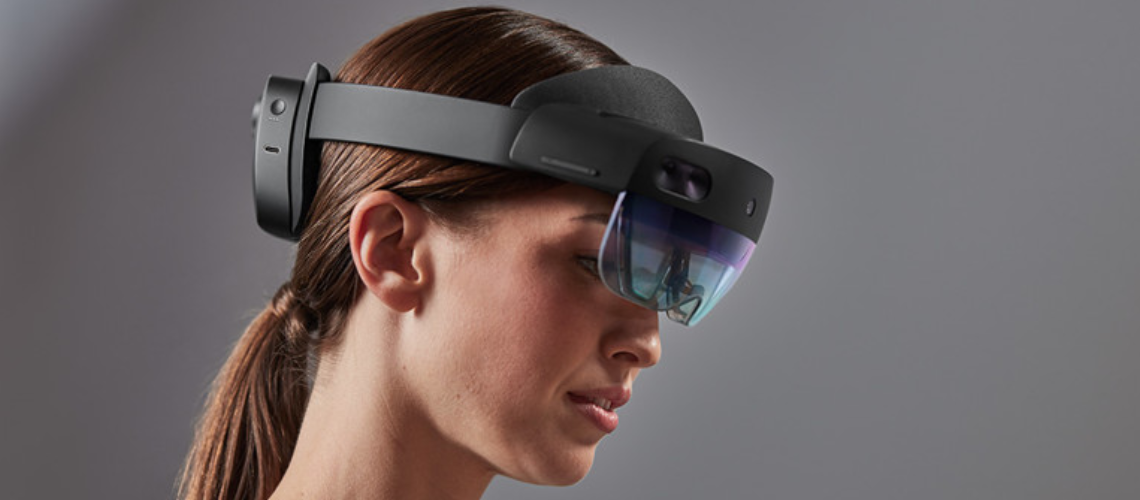How is a Voice App built
- alexaskills, customerexperience, digitalproducts, voiceapps

Zaid Gómez
UX/UI, Senior Designer Econocom P&S México
The complete guide to Voice App development
Thinking of developing a voice app?
Then you are reading the recipe for success, which puts the consumer at the center and makes the solution unique.
At Econocom P&S, we follow specific steps to make sure we don’t miss anything, so everyone is happy, us, the brands and the consumer!
f you still have doubts about why develop a voice app, we encourage you to read this article where we talk about Alexa and the evolution of its skills.
How do we develop our skills? This is how we do it!
First we must define the service proposal and determine the scope, objectives and functions that the client requires, then we validate the service where the skill will be performed (Alexa or Google Assistant), once this is defined we start the creation of the dialogue map, which will allow us to know and improve the situations that the user may face when using the skill. Afterwards, internal tests are carried out and then transferred to the client in order to refine the tool, make comments and approve the project to finally be published in digital stores.
PERSON DESIGN
- Definition of mode and pitch.
- Personality guidelines.
- Starting point of the approach to the user.

CONVERSATION SCRIPT
- Speech design
- concept test
- Assistant's vocabulary
dialogue map
- Conversation structure
- Dialogue contexts
- Onboarding
interaction map
- Training
- Functionality logic
- Organic conversation
vui design
- Multimodal experience
- Supporting visuals
- Multimedia
usability testing
- Verification of intentions
- Failure reporting
- Fine-tuning
Know about best practices
starting from the need
Experiences designed to be voice-controlled have their own considerations, each use case is analyzed and adapted, looking for the most satisfactory experience for the user. Starting from the need, avoiding replicating a visual experience is ideal
horizontal logic
The experience is designed with a horizontal logic, i.e., the user can jump between functionalities at will, to achieve this level of experience, training to the system is crucial.
optimize elements
Reducing the number of items available to the user helps to make them easier to remember, increasing user satisfaction. Arrangements of 3 to 5 items in lists will be used depending on the length of the nomenclature.
use questions
Although the experience is designed horizontally, guiding the user through questions is a good way to facilitate navigation, as the user gets to know the solution, he/she will exploit more of the training.
sensitive data
Avoid collecting user data as much as possible, since we do not know where the user is when interacting with the solution through their phone. We will try not to put sensitive data at risk as a security issue.
minimize flows
Minimize as much as possible the interactions before getting a result. A user who has to go through several questions before getting a result has a high chance of abandoning the experience.
authenticate the user
If using user data is essential to the goal of the solution, opt for tools such as login and account linking to obtain it. It is possible to login within the experience.
multichannel
Find a balance of usability, in some cases the device where the solution will live has additional input channels to the voice, it is advisable to take advantage of these alternatives if it adds to the user experience.
Do you know these skills, we develop them for you?
Gumball medieval
- Cliente: Turner LATAM
- Plataforma: Google Assistant
- Cobertura: Latinoamérica
- 500K usuarios activos
100 MEXICANOS DIJERON
- Cliente: Fremantle México
- Plataforma: Alexa
- Cobertura: México, USA
- +40K usuarios diarios
LOS40
- Cliente: Televisa Radio
- Plataforma: Alexa
- Cobertura: México
- +10K usuarios diarios
La Trivia Starbucks
Recetas Nestlé
WP Radio
Trivia Escandalosos
Tu Coctel Diageo
stay up to date with the latest best practices in technology, marketing tools, innovations and customer experience
- discover more insights










